Bumper sticker: DOGS HAVE MASTERS, CATS HAVE STAFF
https://youtu.be/nNZErjA8C-w
Alan Watts
Kizzy, here she is.
Bumper sticker: DOGS HAVE MASTERS, CATS HAVE STAFF
https://youtu.be/nNZErjA8C-w
Alan Watts
Kizzy, here she is.
Filed under adult learning, zen
Last spring, our first in our new house–built in 1915–provided a parade of flowers in our small and narrow back yard. I didn’t do anything but observe the upwelling pulchritude inherited from the previous owner. Yes, I knew we might get some roses blooming on the spindly, reedy unkempt five rose bushes. As it happened, it was a spectacular bloom.
Then came the major cuts this spring
Fortunately, although there are all sorts of bad things you can do to harm your roses, drastically cutting them back isn’t one of them.
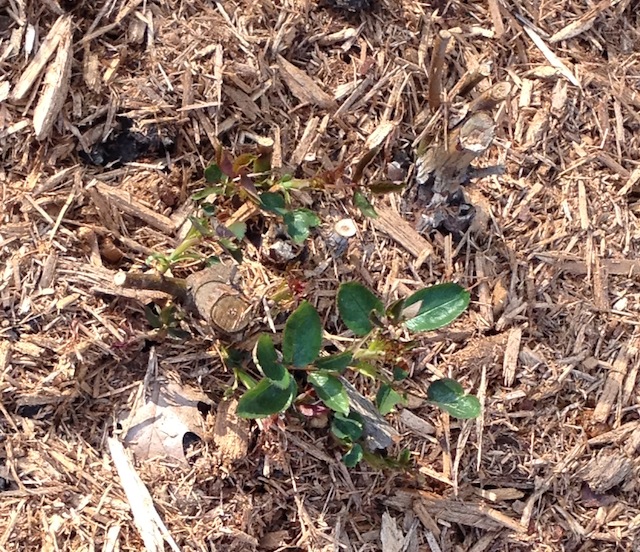
Looking good!
I learned a great deal last year. Our small lot faces north/south with a giant buckeye tree on the south end and a really large tulip and buckeye tree in the front. The neighbors have a stand of spruce, including a magnificent 100+ foot granddaddy. This results in partial-shade being the predominant condition. I love hanging pots, so Impatiens and fuschia are my go-to flowers.
But, I love petunias too, so these have to be staged in the only ‘full light’ patch of property I can deploy for their sake. My great experiment this years involves growing the super and wave petunias in the staging area, and then moving them to the front of the house into less-than-optimal conditions.
Sonny lovin’ spring’s sproing.
It’s a rare occurrence to get all the kids in the same frame, and the best bet to do so is when the window goes up for the first time after a long winter. (Sonny-Kippie-Sassy-Kizzy-Glori)
A member of the Pedal Steel Guitar Forum asked lap steelers to post pictures of his or her herd. I obliged, although Sonny apparently wanted to be in the picture.
Sonny turns two in January. Here’s a pick from the old studio, taken when he was about three months old. Sonny came into our lives because we happened to have an appointment at our vet the day after somebody left a box full of kittens in their parking lot. Sonny, named after Sonny Rollins the jazz saxophonist, was playing in a waste basket of shredded paper when one of the assistants pulled him up and out so Susan and I could see “The kitten nobody has spoken for yet.”
“We will take him off your hands.”
(Incidentally, this was a very good example of serendipity, and, in technical terms, this exemplifies the requisite structure of dependent realized contingencies that interlock (or conjoin,) to construct a ‘fortuity.’)
Filed under personal
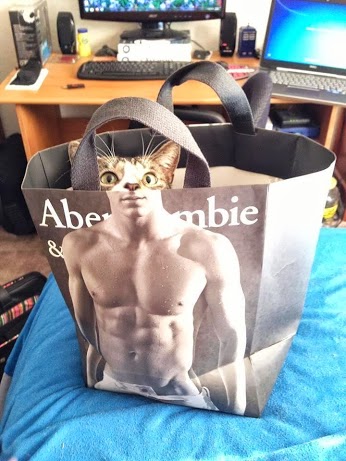
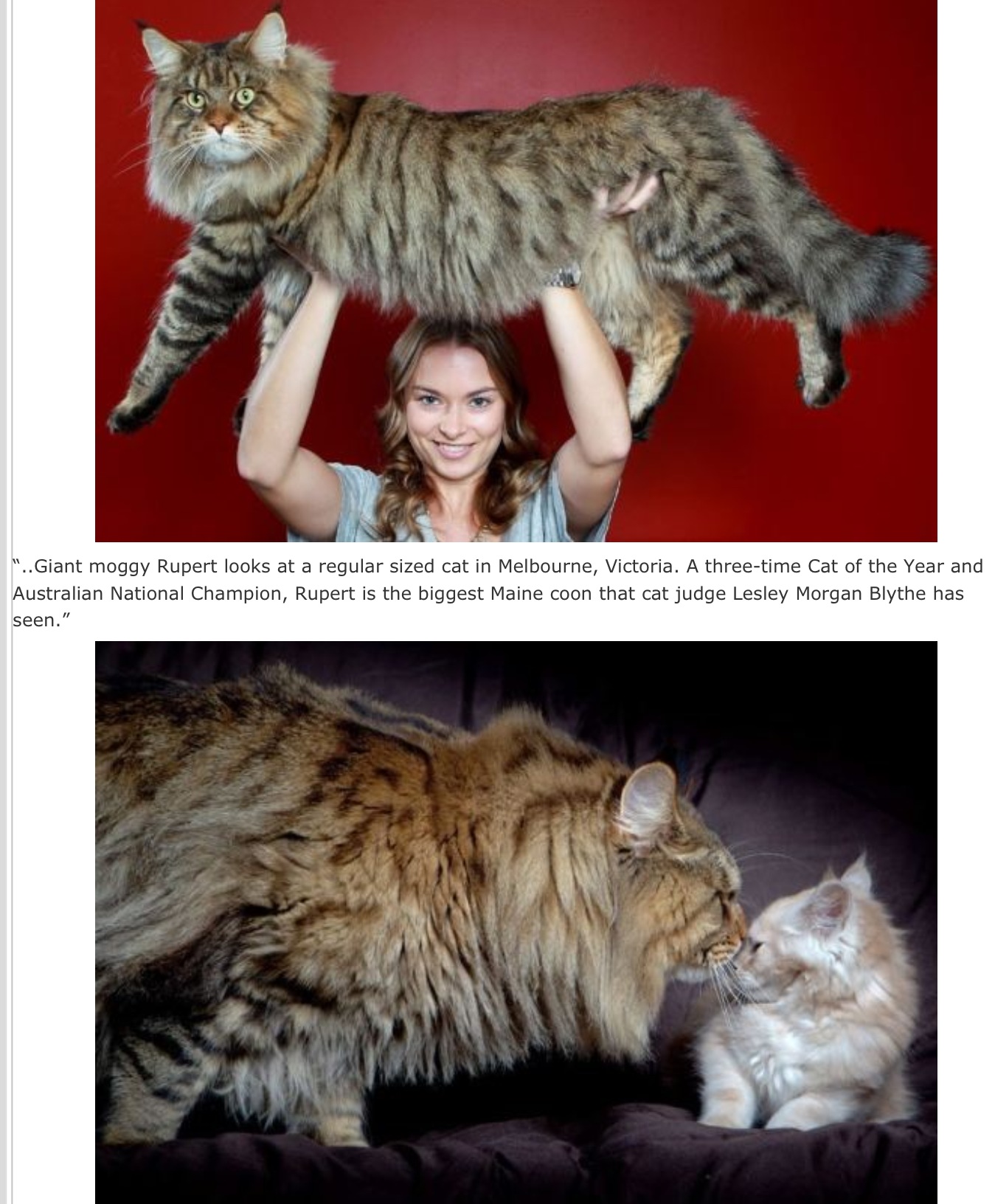
[KGVID]http://squareone-learning.com/blog/wp-content/uploads/IMG_1640.mov[/KGVID]
Kizzy & Sonny
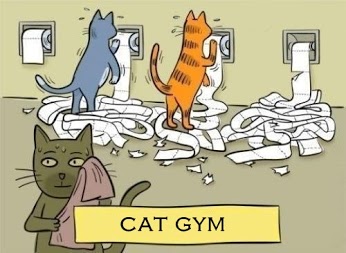
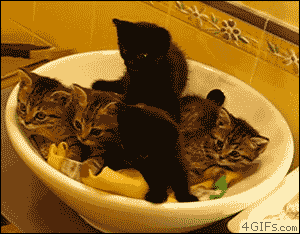
Filed under humor
As the cat
climbed over
the top of
the jamcloset
first the right
forefoot
carefully
then the hind
stepped down
into the pit of
the empty
flower pot
Poem (As the cat) by William Carlos Williams
Petunias rock.
Lillies also evoked some FX-driven visual experiments.
Ummm, cats.
Last May, when Sonny, our male cat, was five months old and a lithe leaper, I constructed a video and posted it to youtube. Since then 62 people have viewed the video. Thank you. I did my part. The video did not go viral.
Sonny, grown-up, apparently.
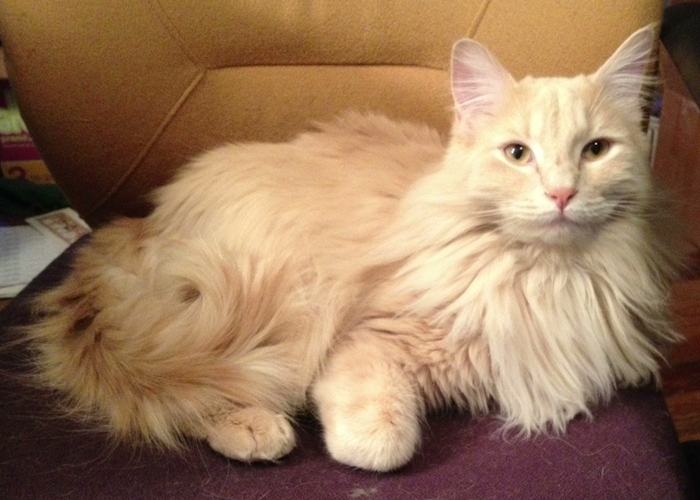
Yeah, now he’s a big lad; 15lbs. He cannot really elevate like he used to be able to do, but when he gets up a head of steam he can get himself up five feet. As always, he doesn’t stick the landing as much as try to wrestle his ‘touch-down’ momentum back down to zero.
I have been mostly successful at resisting every photo FX (ie. effects) app for IOS that comes down the pike. No thanks, Instagram. (Preferring instead to compulsively acquire iPad music-making apps.) However, a review for ToonCamera caught my attention at the reliable clearinghouse AppAdvice.
In our house, we most often aim our cameras at cats.
Filed under cats
Sonny is coming up on five months. My niece was visiting and offered that he’s might have some Maine Coon cat in him. He is very lean, very fast, very kinetic, very friendly, and he can climb stuff like a monkey. I mean: he can hoist himself where there’s no place to leap to. Although he is outnumbered by his much older lady roommates, he has established himself in the two spot, of four spots, in the pecking order, on most given days.
Filed under cats
I enjoy giving our cats nicknames, so Glori has earned with ease the nickname ‘Stretch.’
Filed under cats
Somewhat in alignment with the Bateson motive, here’s our two new cats, in some relation to an aquarium screensaver. I installed a demo of on my wife’s Macbook.
Glori, the mostly black short hair cat, and, Sassy, the tiger short hair, have enhanced our quality of life since we were almost forced to bring them into our abode in mid-October, after Kate, finally bowed out at almost 19 years of age.
We’re both cat people, and I’d add we’re inveterate cat people. But, I haven’t been in the land of kittens for almost 30 years, and my wife Susan has never had the delicious experience. Since we had it pretty good before, let me tell you what I mean by ‘enhanced.’ For one thing, we have to be careful where we step. The main thing is how much we both look forward to coming back to this land and its amusements. We anthropomorphize our furry children, calling them our daughters and doing so to the extent my step-son, Susan’s son, Matt is now their brother.
By far the finest consequence for me personally is that I get to hear my wife’s laughter even more than usual. Her laughter is by far my favorite sound in the world.
I like to study our kittens’ behavior. I guess this makes me an informal ethologist. Anyway, the two female kittens came from different litters, took to each other over the course of their first half day together, and, yet have established a pecking order too with Glori being the alpha. As far as the shelter was concerned the two kittens were the same age, born around the middle of August. Our vet thinks it likely Glori is a couple of weeks older. She’s definitely 30% bigger. Sassy is deferential at times. We’ve had to protect her food dish. In fact, Glori will go through part of her food and then try to take over Sassy’s bowl.
Still, at the same time, both kittens spend large amounts of time wrestling and chasing each other. Sassy holds her own with her alpha playmate, yet Glori will at times put her foot down, so-to-speak. Both girls handled the influx of relatives over Thanksgiving, including nieces and nephews, oh, and brother, just fine. Also, both are inquisitive.
Sassy was found and fostered very early on, maybe within a week of being born, so she is a wool sucker, although she doesn’t eat into the sweater or what-have-you. Glori, meanwhile, I called the zen cat. Susan calls her the chill kitty. Now, I call Glori the yoga kitty to acknowledge how she likes to stretch in any number of positions, including on her back with her legs up in the air, and, the same, but with her head hanging down off the back of the couch. Glori’s a bit more athletic than her half-sister (!) and has a vertical leap that exceeds her tale-to-nose length of about 20 inches. Both cats usually break into a motoring purr as soon as either of us pick either up, yet neither are lap kitties. They mostly like to hang nearby, lounge next too, but not upon either of us, with Susan sometimes proving to be the exception to this.
Sassy likes to look at the TV should the picture have some motion in it and dialog. She’ll sit below it and gaze at the screen for minutes, up to about five minutes–a mountain of focused time in Kitty land. I’m reminded it is not clear how the human system of awareness can capture the actuality of the feline system of something like awareness, interest, etc.. …a mild Batesonian point, if you will.
excerpt I. In 2004 Jean-Denis Vigne of the National Museum of Natural History in Paris and his colleagues reported unearthing the earliest evidence suggestive of humans keeping cats as pets. The discovery comes from the Mediterranean island of Cyprus, where 9,500 years ago an adult human of unknown gender was laid to rest in a shallow grave. An assortment of items accompanied the body–stone tools, a lump of iron oxide, a handful of seashells and, in its own tiny grave just 40 centimeters away, an eight-month-old cat, its body oriented in the same westward direction as the human’s.
Because cats are not native to most Mediterranean islands, we know that people must have brought them over by boat, probably from the adjacent Levantine coast. Together the transport of cats to the island and the burial of the human with a cat indicate that people had a special, intentional relationship with cats nearly 10,000 years ago in the Middle East. This locale is consistent with the geographic origin we arrived at through our genetic analyses. It appears, then, that cats were being tamed just as humankind was establishing the first settlements in the part of the Middle East known as the Fertile Crescent.
excerpt II. Considering that small cats do little obvious harm, people probably did not mind their company. They might have even encouraged the cats to stick around when they saw them dispatching mice and snakes. Cats may have held other appeal, too. Some experts speculate that wildcats just so happened to possess features that might have preadapted them to developing a relationship with people. In particular, these cats have “cute” features–large eyes, a snub face and a high, round forehead, among others–that are known to elicit nurturing from humans. In all likelihood, then, some people took kittens home simply because they found them adorable and tamed them, giving cats a first foothold at the human hearth.
excerpt III. The wide range of sizes, shapes and temperaments seen in dogs–consider the Chihuahua and Great Dane–is absent in cats. Felines show much less variety because, unlike dogs–which starting in prehistoric times were bred for such tasks as guarding, hunting and herding–wildcats were under no such selective breeding pressures. To enter our homes, they had only to evolve a people-friendly disposition.
So are today’s cats truly domesticated? Well, yes–but perhaps only just. Although they satisfy the criterion of tolerating people, most domestic cats are feral and do not rely on people to feed them or to find them mates. And whereas other domesticates, like dogs, look quite distinct from their wild ancestors, the average domestic cat largely retains the wild body plan. It does exhibit a few morphological differences, however– namely, slightly shorter legs, a smaller brain and, as Charles Darwin noted, a longer intestine, which may have been an adaptation to scavenging kitchen scraps.
The Taming of the Cat. By: Driscoll, Carlos A., Clutton-Brock, Juliet, Kitchener, Andrew C., O’Brien, Stephen J., Scientific American, Jun2009, Vol. 300, Issue 6
Our previous vet, once had a bumper sticker that read:
Dogs have masters,
Cats have staff.
One of Gregory Bateson’s most important (and well-known,) papers became the chapter, A Theory of Play and Fantasy, in Steps To An Ecology of the Mind. Here’s enough of an excerpt to allow you to draw the connection with the land of kittens.
(3) The first definite step in the formulation of the hypothesis guiding this research occurred in January, 1952, when I went to the Fleishhacker Zoo in San Francisco to look for behavioral criteria which would indicate whether any given organism is or is not able to recognize that the signs emitted by itself and other members of the species are signals. In theory, I had thought out what such criteria might look like—that the occurrence of metacommunicative signs (or signals) in the stream of interaction between the animals would indicate that the animals have at least some awareness (conscious or unconscious) that the signs about which they metacommunicate are signals.
I knew, of course, that there was no likelihood of finding denotative messages among nonhuman mammals, but I was still not aware that the animal data would require an almost total revision of my thinking. What I encountered at the zoo was a phenomenon well known to everybody: I saw two young monkeys playing, i.e., engaged in an interactive sequence of which the unit actions or signals were similar to but not the same as those of combat. It was evident, even to the human observer, that the sequence as a whole was not combat, and evident to the human observer that to the participant monkeys this was not combat.
Now, this phenomenon, play, could only occur if the participant organisms were capable of some degree of meta-communication, i.e., of exchanging signals which would carry the message “this is play.
—
(6) Threat is another phenomenon which resembles play in that actions denote, but are different from, other actions. The clenched fist of threat is different from the punch, but it refers to a possible future (but at present nonexistent) punch. And threat also is commonly recognizable among non-human mammals. Indeed it has lately been argued that a great part of what appears to be combat among members of a single species is rather to be regarded as threat (Tinbergen,64 Lorenz65).
—
(8) We might expect threat, play, and histrionics to be three independent phenomena all contributing to the evolution of the discrimination between map and territory. But it seems that this would be wrong, at least so far as mammalian communication is concerned. Very brief analysis of childhood behavior shows that such combinations as histrionic play, bluff, playful threat, teasing play in response to threat, histrionic threat, and so on form together a single total complex of phenomena. And such adult phenomena as gambling and playing with risk have their roots in the combination of threat and play. It is evident also that not only threat but the reciprocal of threat?—the behavior of the threatened individual?—are a part of this complex. It is probable that not only histrionics but also spectatorship should be included within this field. It is also appropriate to mention self-pity.
From the chapter, Redundancy and Coding.
(7) This still leaves unexplained the shift from communication about interaction patterns to communication about things and other components of the external world. This is the shift which determines that language would never make obsolete the iconic communication about the contingency patterns of personal relationship.
Further than that we cannot at present go. It is even possible that the evolution of verbal naming preceded the evolution of the simple negative. It is, however, important to note that evolution of a simple negative would be a decisive step toward language as we know it. This step would immediately endow the signals— be they verbal or iconic—with a degree of separateness from their referents, which would justify us in referring to the signals as “names.” The same step would make possible the use of negative aspects of classification: those items which are not members of an identified class would become identifiable as nonmembers. And, lastly, simple affirmative indicative statements would become possible.Conscious Purpose versus Nature*
Here, of course, we’ve left the land of kitties.
Filed under Gregory Bateson